- About us
- Support the Gallery
- Venue hire
- Publications
- Research library
- Organisation chart
- Employment
- Contact us
- Make a booking
- Onsite programs
- Online programs
- School visit information
- Learning resources
- Little Darlings
- Professional learning
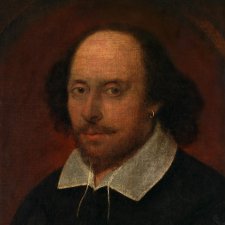
Joanna Gilmour travels through time to explore the National Portrait Gallery London’s masterpieces in Shakespeare to Winehouse.
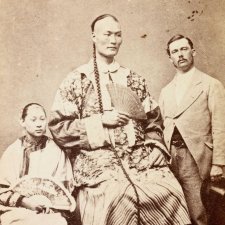
Karen Vickery on Chang the Chinese giant in Australia.
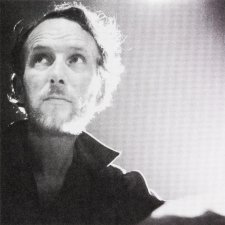
One half of the team that was Eltham Films left scarcely a trace in the written historical record, but survives in a vivid portrait.
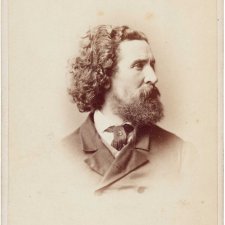
Joanna Gilmour discovers that the beards of the ill-fated explorers Burke and Wills were as epic as their expedition to traverse Australia from south to north.
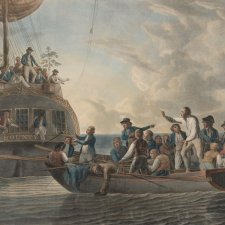
Joanna Gilmour explores the 1790 portrait of William Bligh by Robert Dodd.
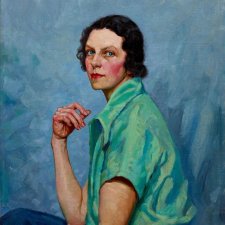
Archie 100 curator (and detective) Natalie Wilson’s nationwide search for Archibald portraits unearthed the fascinating stories behind some long-lost treasures.
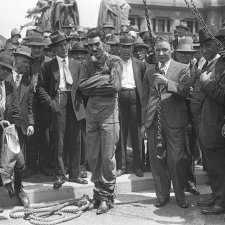
John Zubrzycki lauds the characters of the Australian escapology trade.
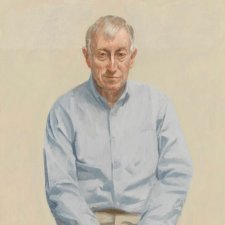
Dr. Sarah Engledow discusses a collection of drawings and prints by the Victorian artist Rick Amor acquired in 2005.
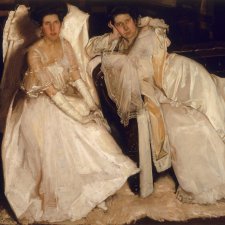
Sarah Engledow is seduced by the portraits and the connections between the artists and their subjects in the exhibition Impressions: Painting light and life.
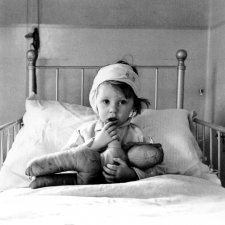
To accompany the exhibition Cecil Beaton: Portraits, held at the NPG in 2005, this article is drawn from Hugo Vickers's authorised biography, Cecil Beaton (1985).
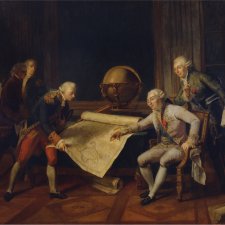
Joanna Gilmour describes some of the stories of the individuals and incidents that define French exploration of Australia and the Pacific.
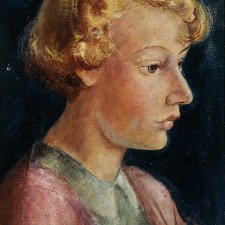
Traudi Allen discovers sensitivity, humour and fine draughtsmanship in the portraiture of John Perceval.
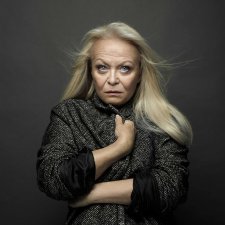
Sarah Engledow trains her exacting lens on the nine photographs from 20/20.
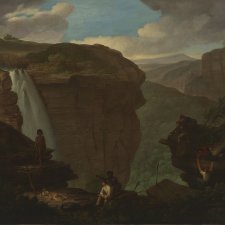
The London-born son of an American painter, Augustus Earle ended up in Australia by accident in January 1825.
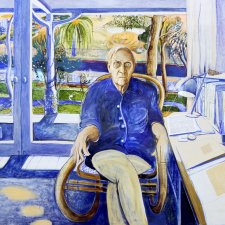
Sarah Engledow describes the fall-out once Brett Whiteley stuck Patrick White’s list of his loves and hates onto his great portrait of the writer.
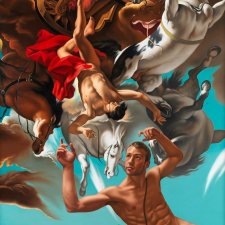
How seven portraits within Bare reveal in a public portrait parts of the body and elements of life usually located in the private sphere.